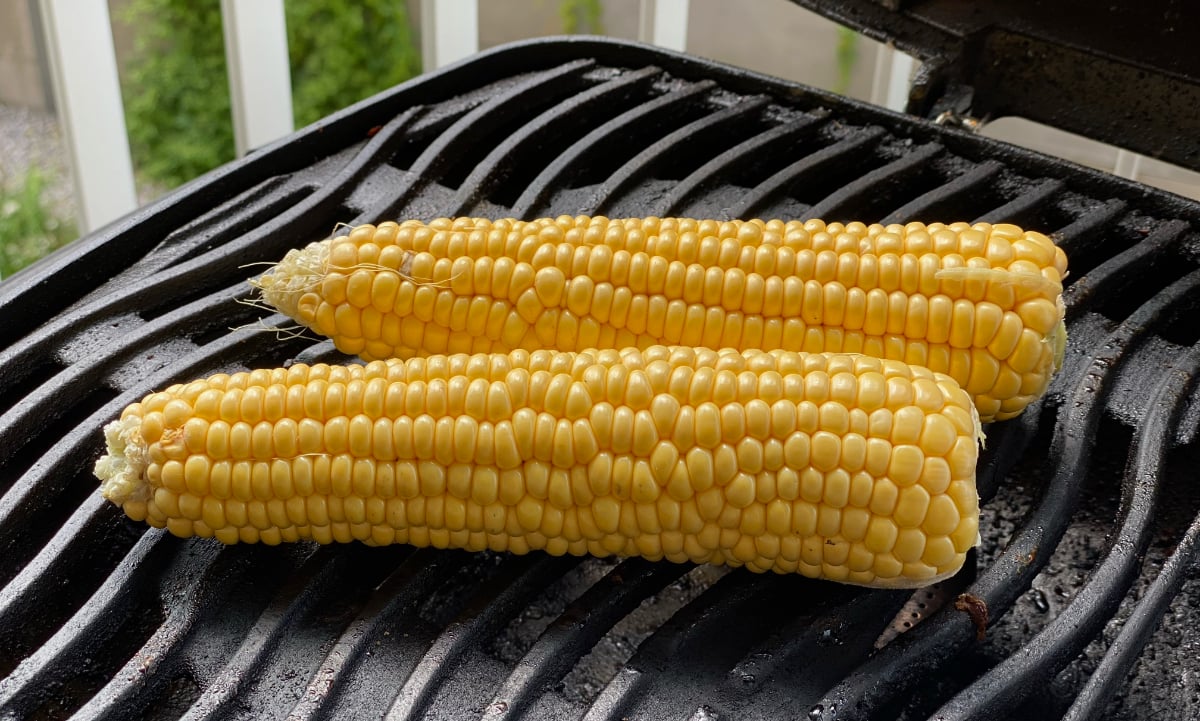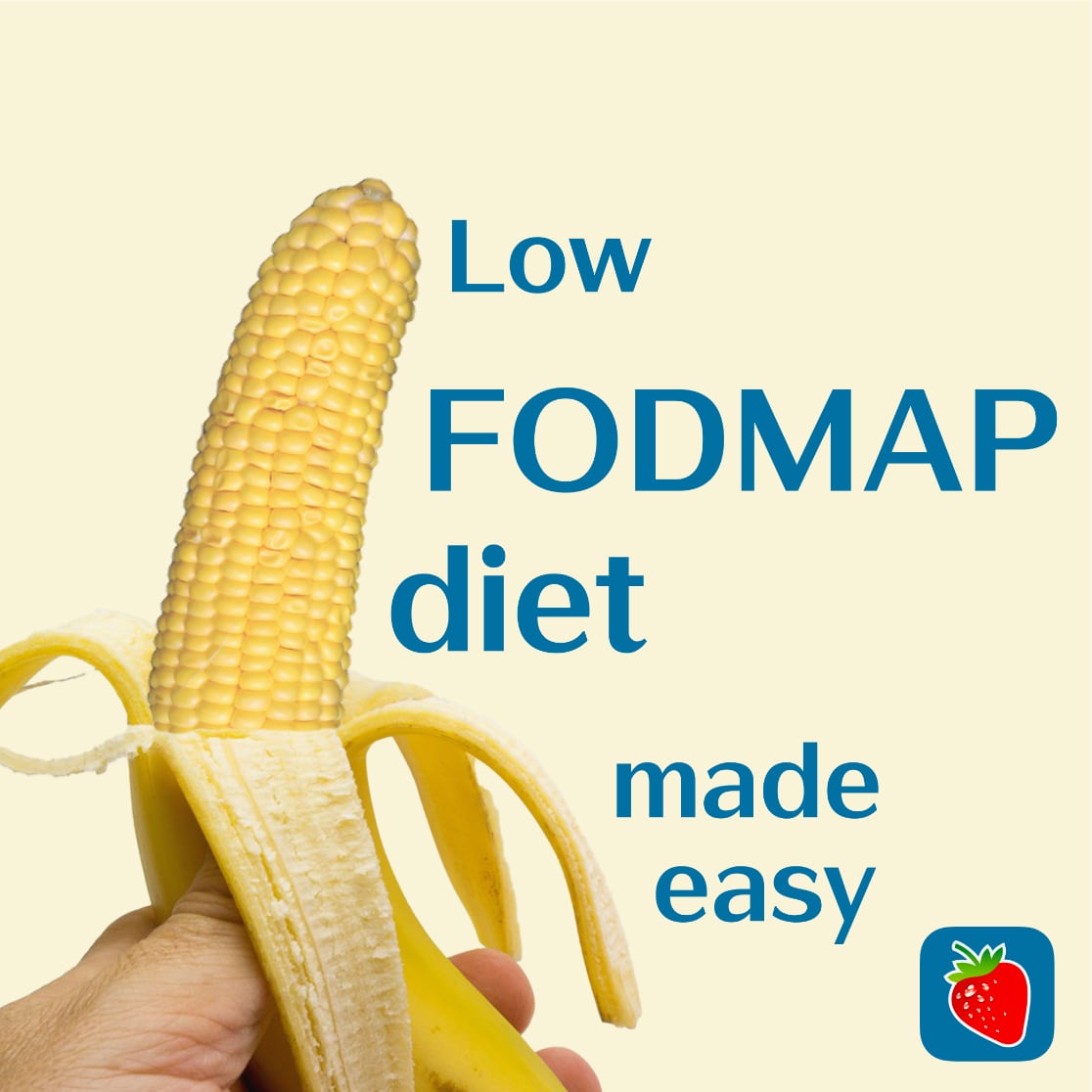Is corn high in salicylic acid and salicylates?
07/25/2022 Food Intolerances
Our users often email us to ask why our Food Intolerances app does not flag corn products as potentially unsafe for sufferers of salicylate intolerance. In response, this article will analyze the origin and factual accuracy of the statement that corn contains a high amount of salicylate.

Most people afflicted by salicylate intolerance may have no idea that the data on salicylate content in food is very limited. Food scientists and medical professionals typically do not consider it a topic of interest, and much of the nutritional advice found today is still based on decades-old research from the 1980s.
One of the studies on the subject, carried out by Robertson and Kermode in 1981, analyzed over 40 different fruits and vegetables, as well as various types of corn, for their salicylic acid content. The study found that canned corn had the highest salicylate level of any food tested at 0.8 mg/kg, eight times the amount of fresh sweetcorn. This would appear to be the basis of the claim that corn is high in salicylates and is therefore an unsuitable food for people with salicylate intolerance.
The results also revealed a striking discrepancy between the salicylate content of fresh vegetables and cooked vegetables. Back in the 1980s, comparatively little was known about the form in which salicylates are present in food; was it free salicylic acid or were the salicylates bound in chemical complexes, for example. To process samples accordingly and detect as many salicylates as possible, we must be able to answer questions like the form which the salicylic acid takes, to produce as accurate an analysis as possible. Given the original studies did not contain this information, we may deduce that the disparity between raw and cooked foods strongly indicates that the salicylates in the former were not fully extracted, and the readings were therefore largely inaccurate.
Another unfortunate limitation of the older studies is the difficulty in establishing whether the data recorded was perhaps too low because salicylates were not detected in their entirety, or whether the values were actually too high because other substances were incorrectly identified as salicylates.
Incredible progress has since been achieved in the field of food analysis, such that now we can rely on digital methods, which are far more sophisticated, analytical, and precise, to determine a food’s salicylate content. And thanks to improved preparation and handling of samples, we can also more confidently rule out invalidation of the results due to mischaracterizing other substances.
Data from those original studies should therefore be taken with a pinch of salt. Recipes of many foods have changed significantly over the past forty years or so, and even the original assessment of corn is potentially no longer accurate, since there are now completely new types available for consumption and the methods of cultivation have changed over time.
The critical level above at which salicylate can trigger pseudo-allergic reactions varies from person to person. Corn does contain salicylates but in moderation, and not significantly more than other grains like rice or oatmeal, which were previously thought to be low in salicylates.
Do not completely avoid corn or other staple foods simply because you heard somewhere that those foods are dangerous. Instead, track and estimate your salicylate intake by keeping a detailed food diary and, if necessary, potentially adjusting your diet selectively. Only if a food triggers reproducible adverse reactions should it be removed from your diet. This path will usually bring you more sustained relief from intolerance than if you simply stop eating a particular food, without properly considering the impact of removing that food from your diet altogether.
The information found in our app always refers to realistic portion sizes and so is more beneficial than basic lists of “do-eats and don’ts”. To use the example of sweetcorn to reinforce the point: one serving contains only a small amount of salicylate, which is a thousand times less than in an aspirin tablet. Even for someone suffering from salicylate intolerance, this amount is unlikely to cause any adverse reactions.
 Our price-winning "Food Intolerances" app helps you manage your diet. Available for iOS and Android. Check it out:
Our price-winning "Food Intolerances" app helps you manage your diet. Available for iOS and Android. Check it out:
Share article
Back to blog
Sources:
G. Robertson et al., Salicylic Acid in Fresh and Canned Fruit and Vegetables, J. Sci. Food Agric. 32 (1981), 833–836

Most people afflicted by salicylate intolerance may have no idea that the data on salicylate content in food is very limited. Food scientists and medical professionals typically do not consider it a topic of interest, and much of the nutritional advice found today is still based on decades-old research from the 1980s.
One of the studies on the subject, carried out by Robertson and Kermode in 1981, analyzed over 40 different fruits and vegetables, as well as various types of corn, for their salicylic acid content. The study found that canned corn had the highest salicylate level of any food tested at 0.8 mg/kg, eight times the amount of fresh sweetcorn. This would appear to be the basis of the claim that corn is high in salicylates and is therefore an unsuitable food for people with salicylate intolerance.
Conflicting information about the salicylate content
The results also revealed a striking discrepancy between the salicylate content of fresh vegetables and cooked vegetables. Back in the 1980s, comparatively little was known about the form in which salicylates are present in food; was it free salicylic acid or were the salicylates bound in chemical complexes, for example. To process samples accordingly and detect as many salicylates as possible, we must be able to answer questions like the form which the salicylic acid takes, to produce as accurate an analysis as possible. Given the original studies did not contain this information, we may deduce that the disparity between raw and cooked foods strongly indicates that the salicylates in the former were not fully extracted, and the readings were therefore largely inaccurate.
Old data is only so reliable
Another unfortunate limitation of the older studies is the difficulty in establishing whether the data recorded was perhaps too low because salicylates were not detected in their entirety, or whether the values were actually too high because other substances were incorrectly identified as salicylates.
Incredible progress has since been achieved in the field of food analysis, such that now we can rely on digital methods, which are far more sophisticated, analytical, and precise, to determine a food’s salicylate content. And thanks to improved preparation and handling of samples, we can also more confidently rule out invalidation of the results due to mischaracterizing other substances.
Data from those original studies should therefore be taken with a pinch of salt. Recipes of many foods have changed significantly over the past forty years or so, and even the original assessment of corn is potentially no longer accurate, since there are now completely new types available for consumption and the methods of cultivation have changed over time.
Removal from your diet should be a last resort
The critical level above at which salicylate can trigger pseudo-allergic reactions varies from person to person. Corn does contain salicylates but in moderation, and not significantly more than other grains like rice or oatmeal, which were previously thought to be low in salicylates.
Do not completely avoid corn or other staple foods simply because you heard somewhere that those foods are dangerous. Instead, track and estimate your salicylate intake by keeping a detailed food diary and, if necessary, potentially adjusting your diet selectively. Only if a food triggers reproducible adverse reactions should it be removed from your diet. This path will usually bring you more sustained relief from intolerance than if you simply stop eating a particular food, without properly considering the impact of removing that food from your diet altogether.
The information found in our app always refers to realistic portion sizes and so is more beneficial than basic lists of “do-eats and don’ts”. To use the example of sweetcorn to reinforce the point: one serving contains only a small amount of salicylate, which is a thousand times less than in an aspirin tablet. Even for someone suffering from salicylate intolerance, this amount is unlikely to cause any adverse reactions.
 Our price-winning "Food Intolerances" app helps you manage your diet. Available for iOS and Android. Check it out:
Our price-winning "Food Intolerances" app helps you manage your diet. Available for iOS and Android. Check it out:Share article
Back to blog
Sources:
G. Robertson et al., Salicylic Acid in Fresh and Canned Fruit and Vegetables, J. Sci. Food Agric. 32 (1981), 833–836
![[Blog]](../../rw_common/images/baliza_logo_retina.png)

